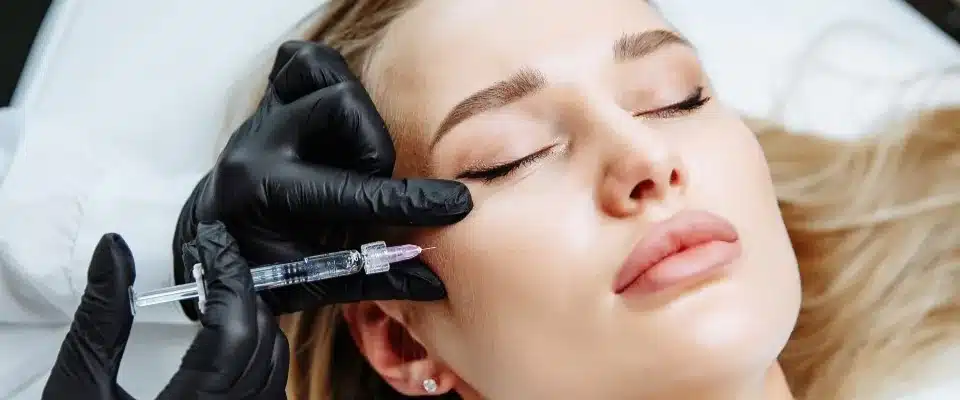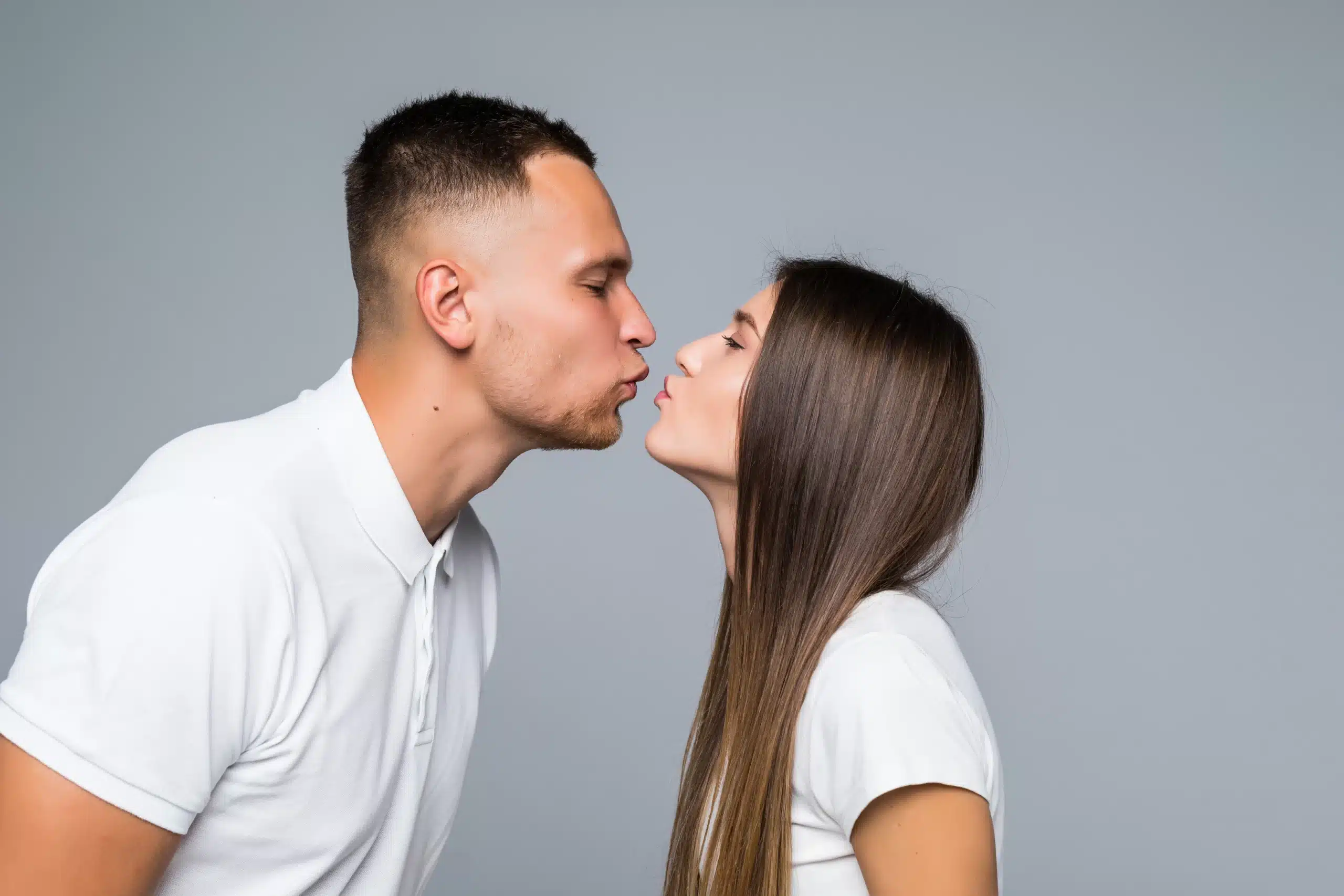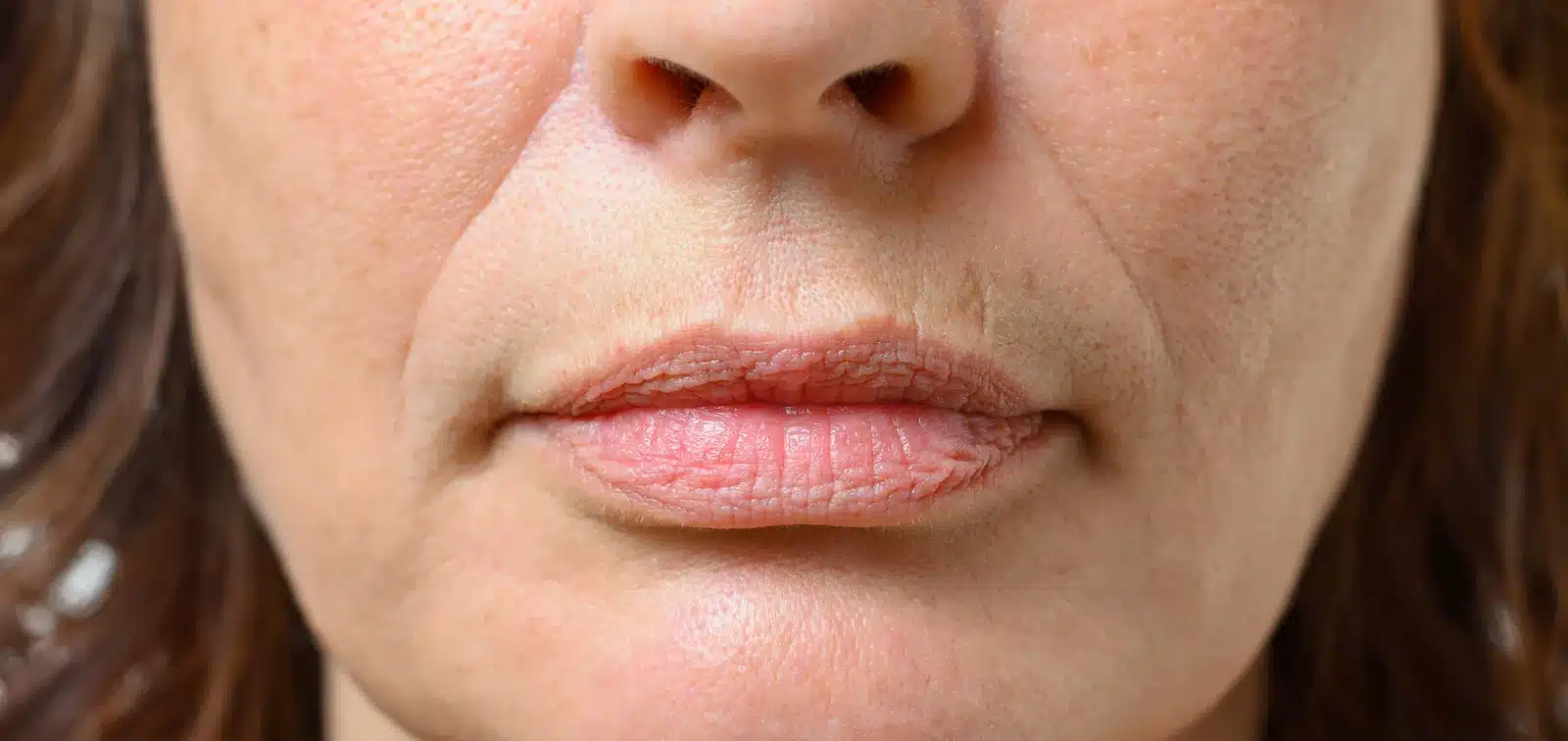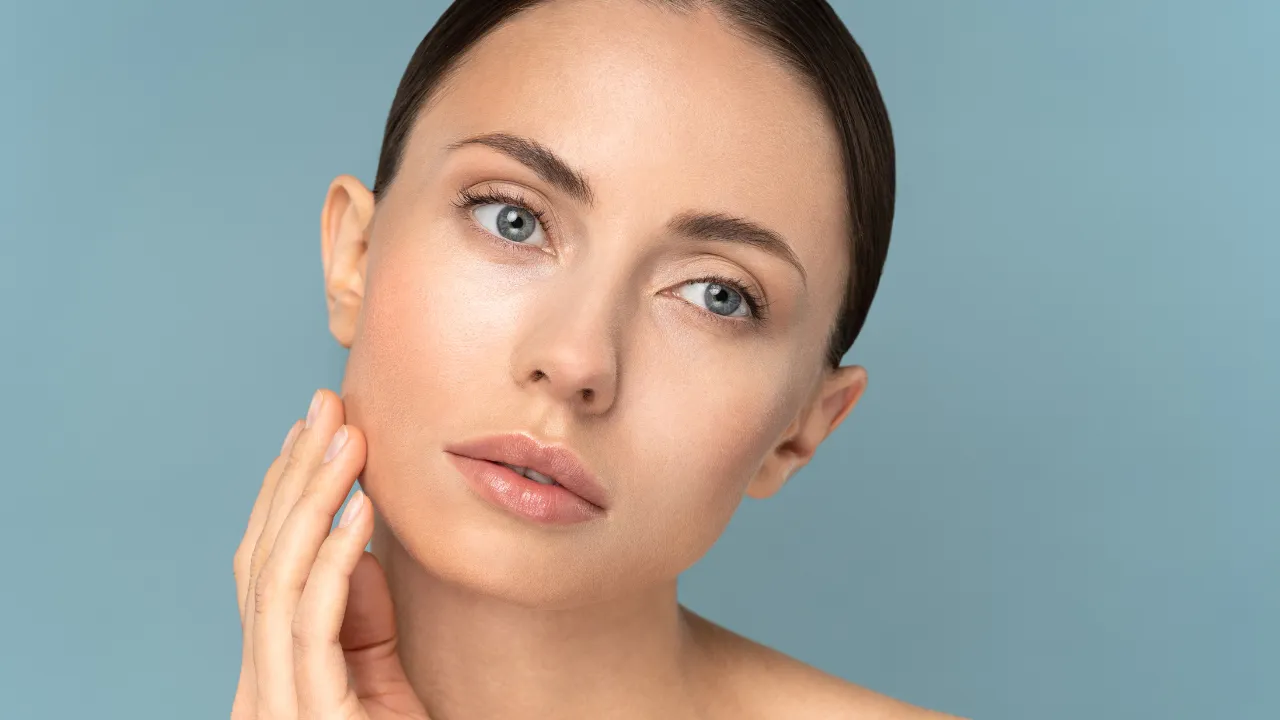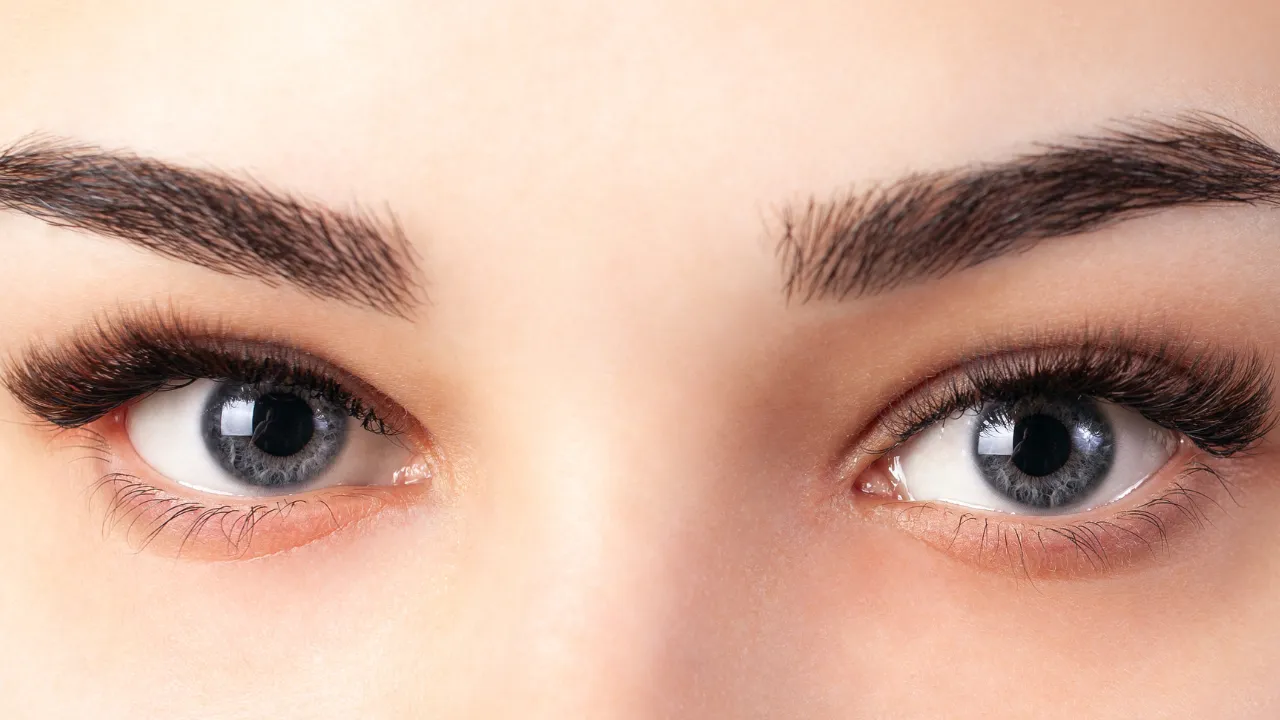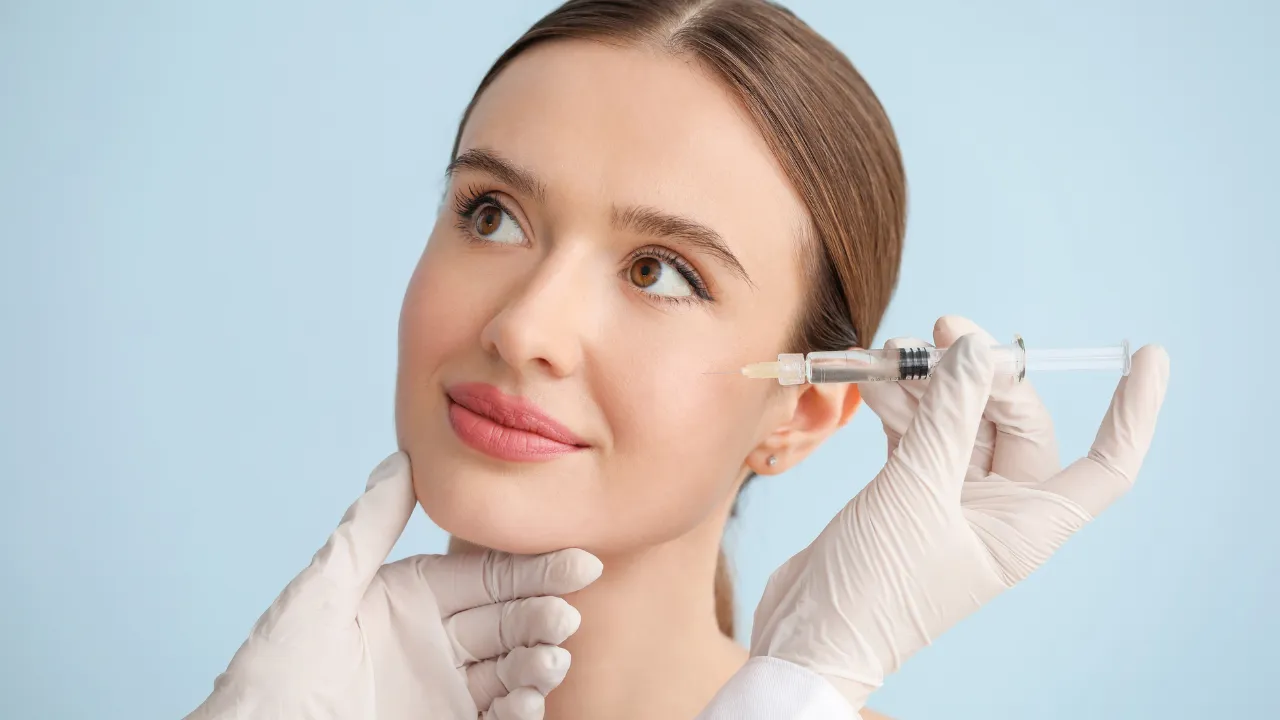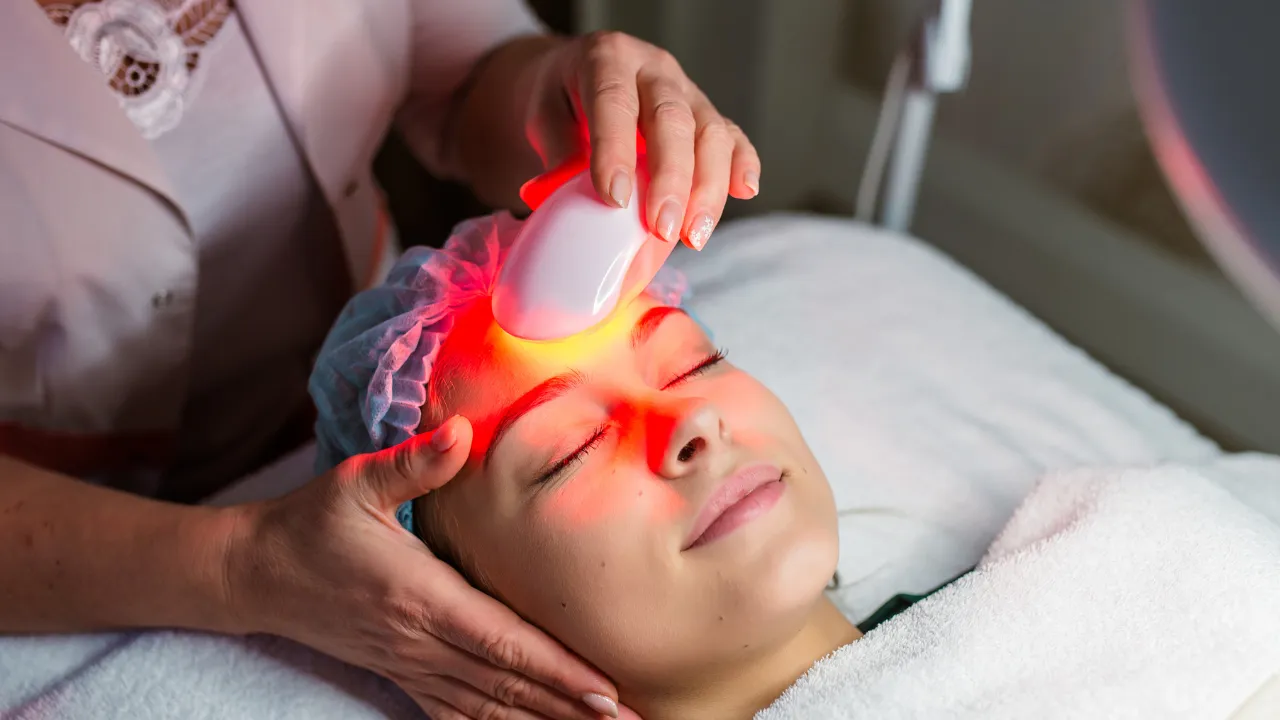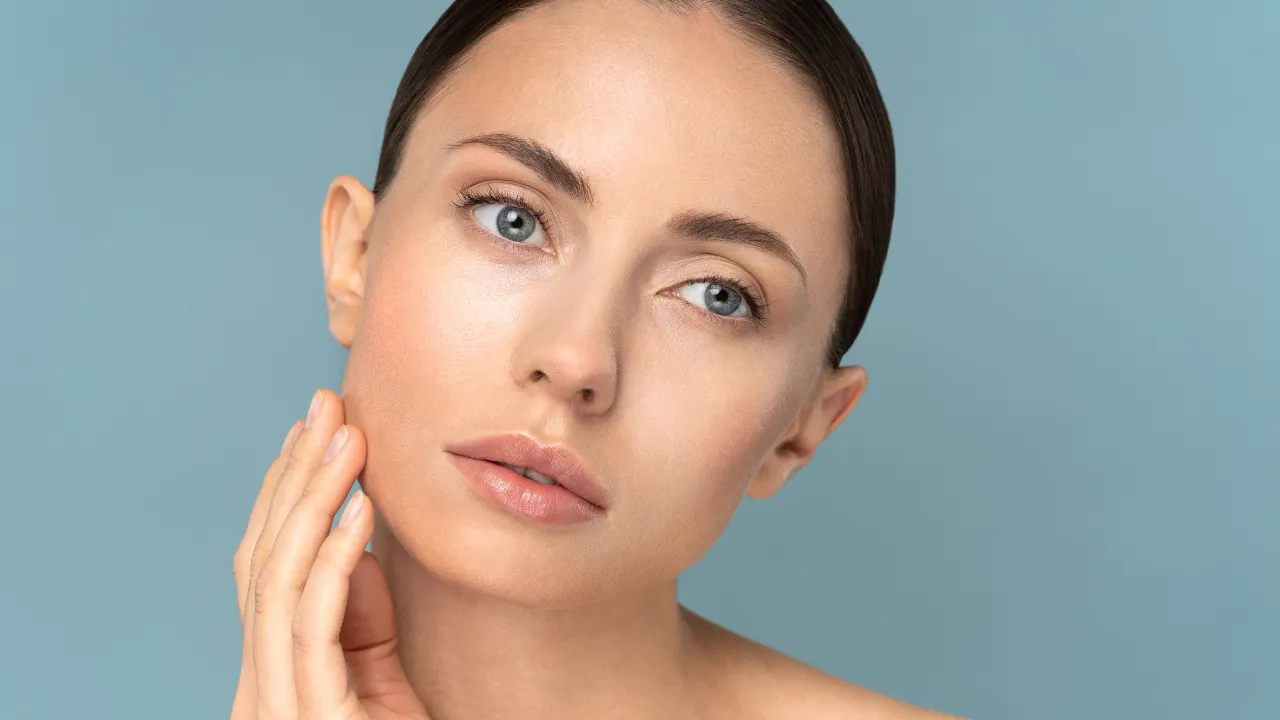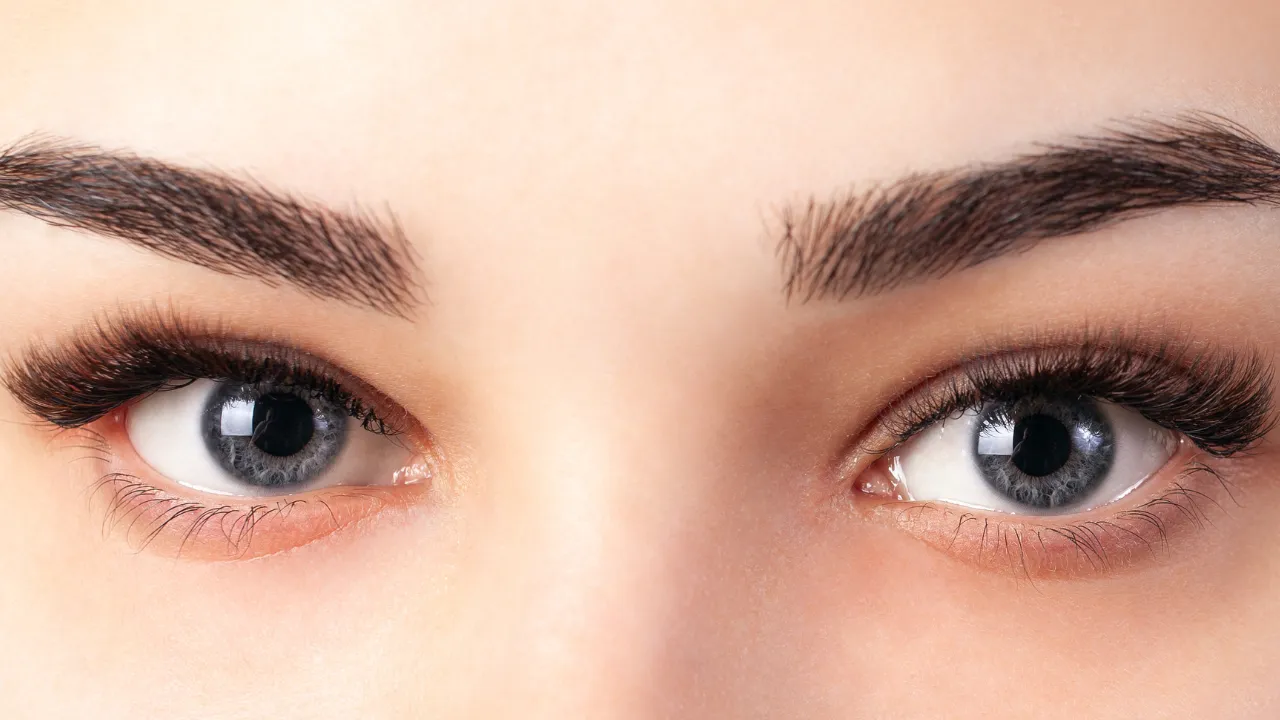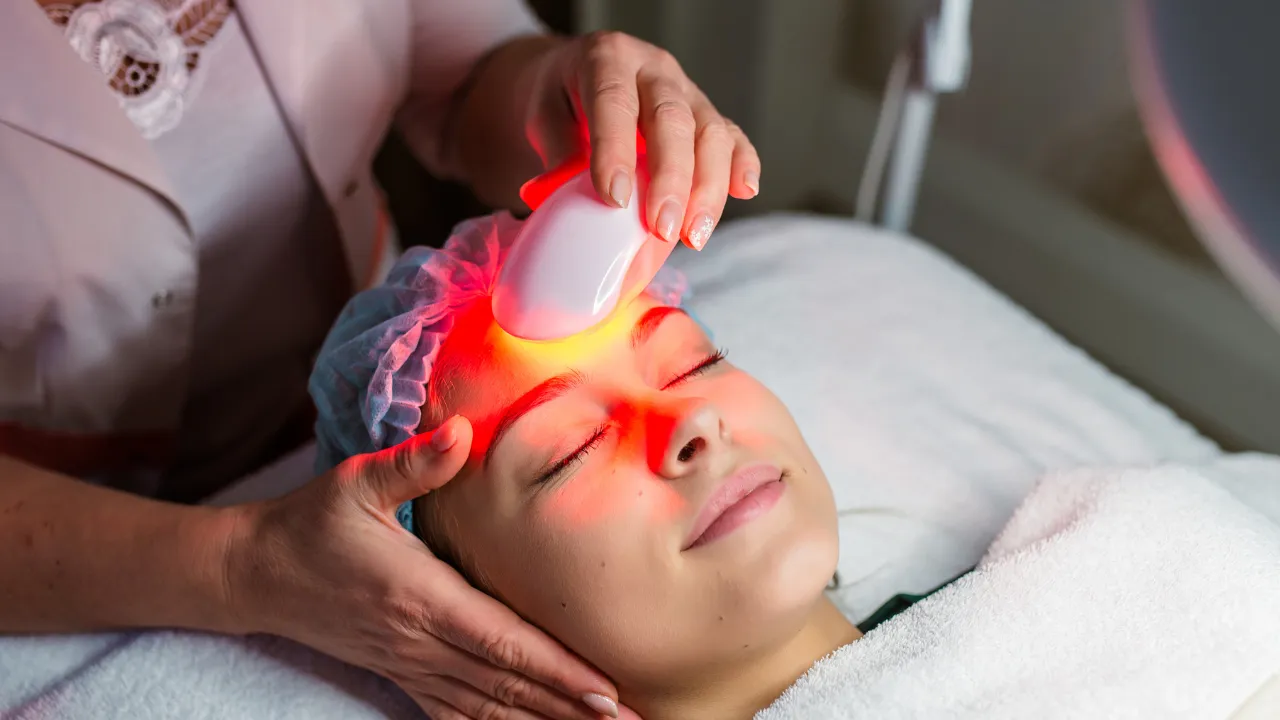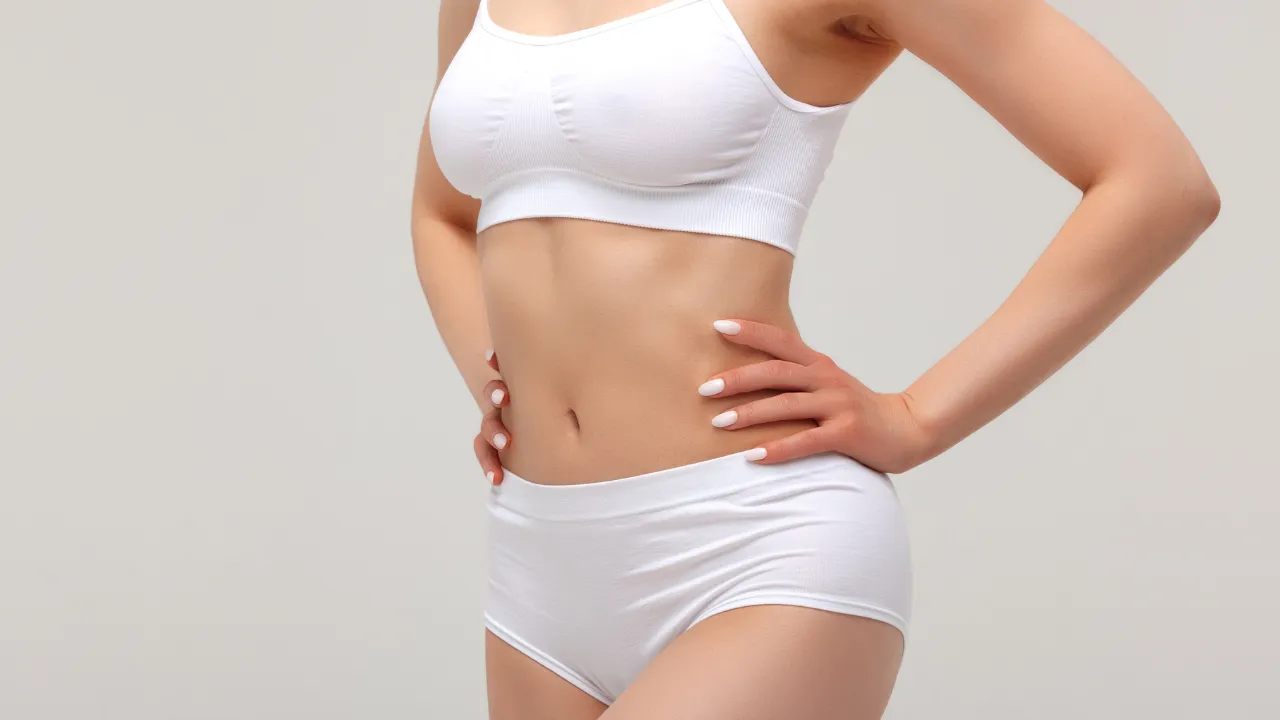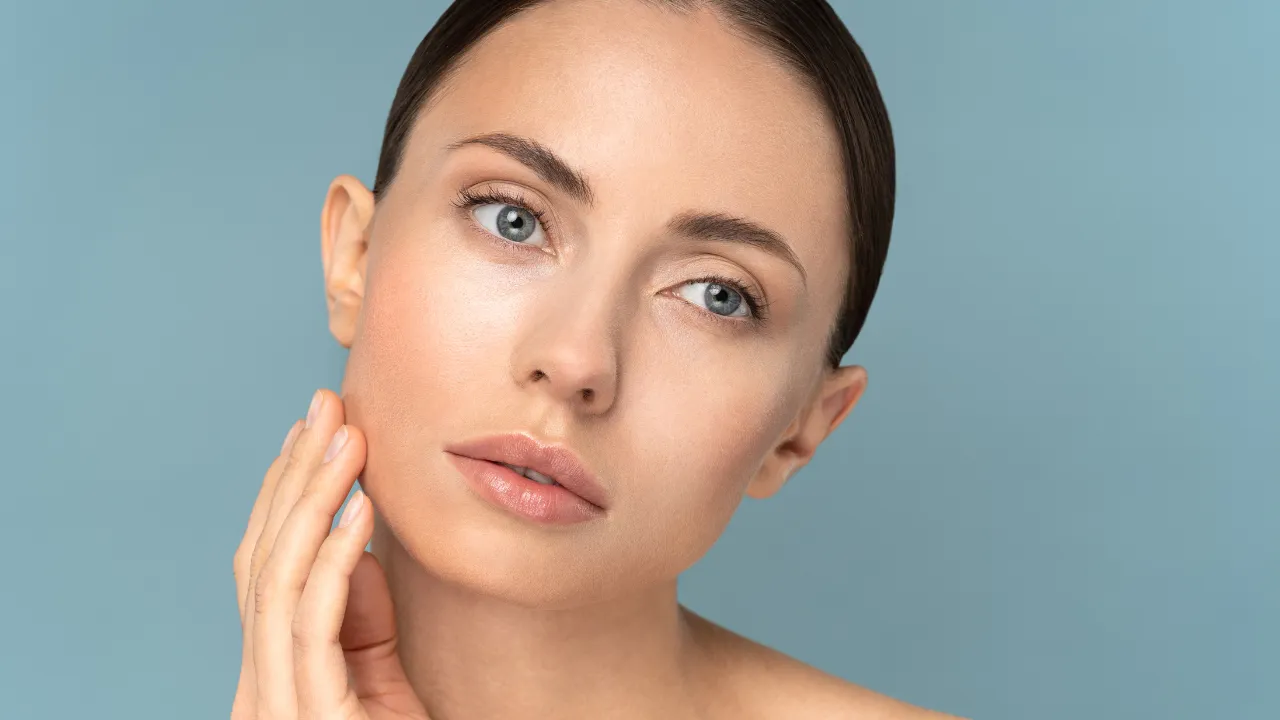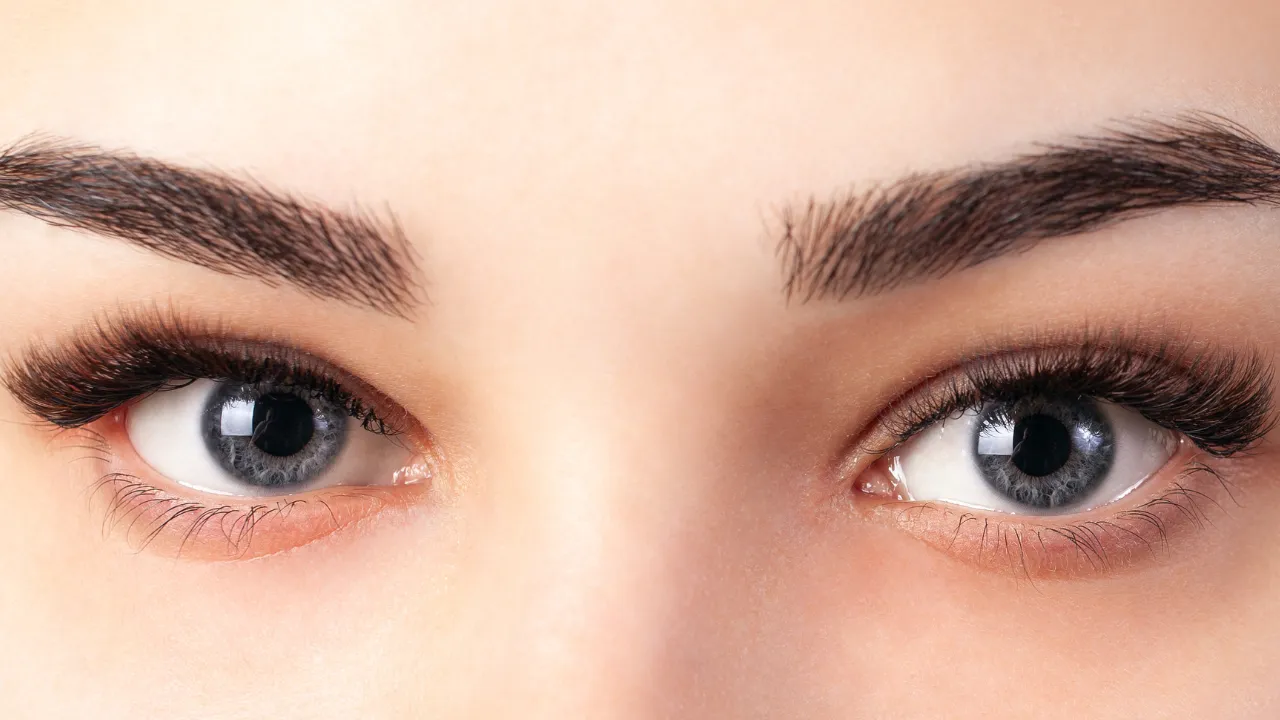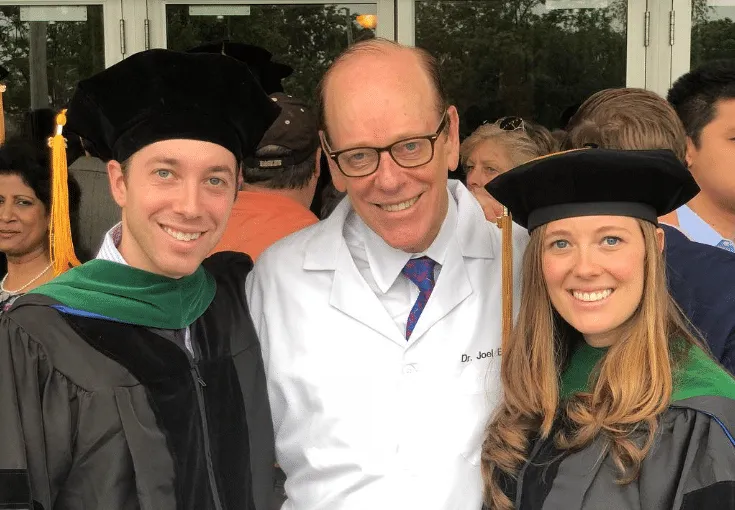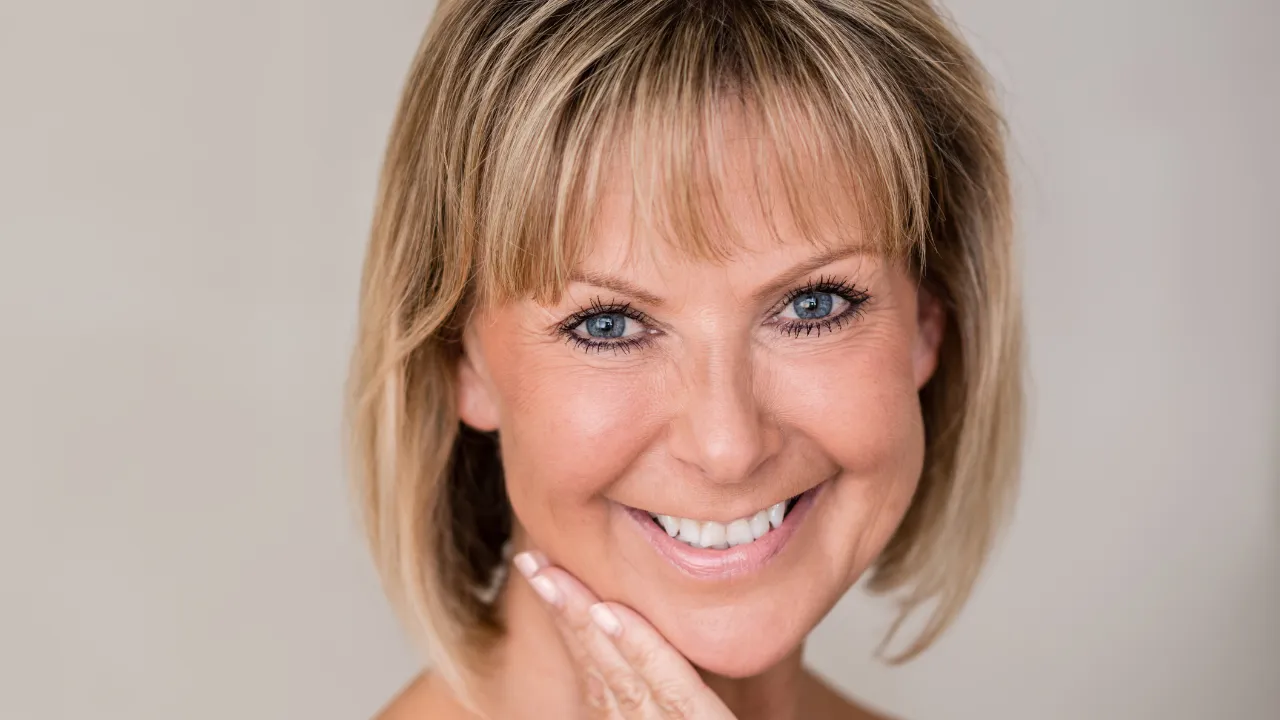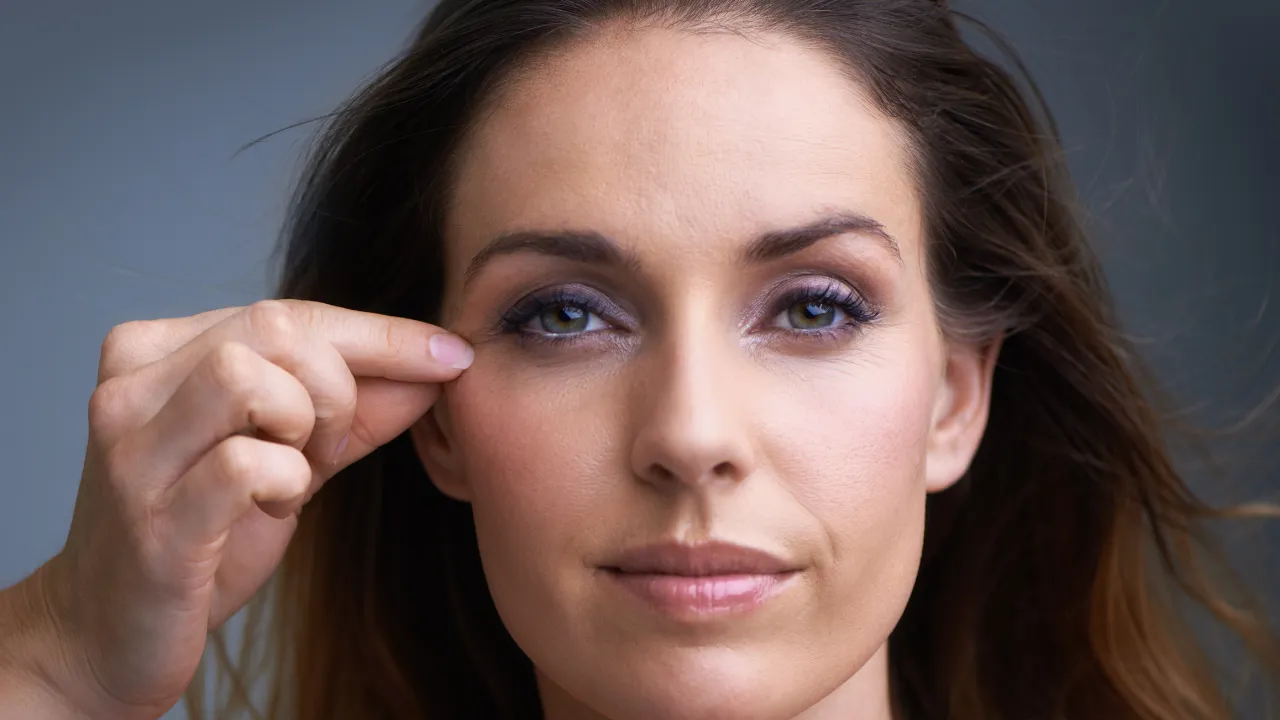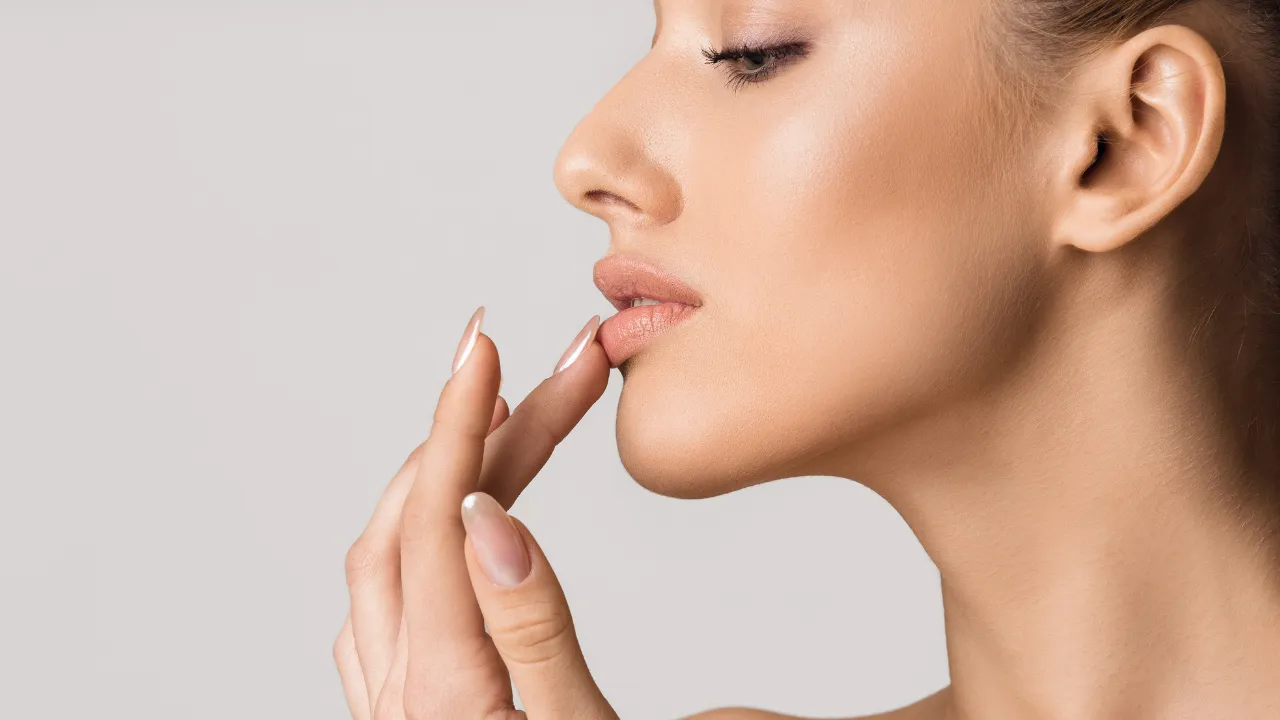Dr. Joel Kopelman is a respected facial plastic and oculoplastic surgeon at Kopelman Aesthetic Surgery. With decades of experience, he helps patients achieve natural-looking results while guiding them through concerns such as uneven swelling after blepharoplasty surgery. If one eyelid looks more swollen than the other, you’re not alone.
Uneven swelling after blepharoplasty is common in the early post-operative period. It’s part of the healing process and often improves as the recovery process continues. Knowing why it happens and how to manage it can ease anxiety and support a smoother eyelid surgery recovery.
Table of Contents
ToggleWhy Uneven Swelling Happens
Is It Normal for One Eye to Be More Swollen?
Yes. One eye often looks puffier than the other after eyelid surgery. The body heals unevenly because of natural differences in blood flow, muscle tone, and tissue response.
During the recovery process, some patients notice droopy eyelids on one side while swelling decreases on the other. This is usually temporary and improves as healing progresses. However, sudden swelling, pain, or changes in vision should prompt a call to your surgeon.
Uneven swelling after eyelid surgery can vary from person to person. It’s important to remember that differences in how tissues respond are normal.
Surgical Causes of Uneven Eyes
Surgical details can lead to uneven eyes after blepharoplasty surgery, including:
- Different amounts of fat removal
- Small variations in skin tightening
- Slight differences in incision placement
A skilled plastic surgeon takes great care during a surgical procedure to remove excess skin evenly and avoid complications such as eyelid asymmetry. These differences are often minor and resolve over time. Persistent asymmetry may require further evaluation.
Natural Healing vs. Swelling Differences
Healing varies between patients. Some people bruise or retain fluid more on one side of their body. Even if both eyelids undergo the same surgical procedure, swelling can appear uneven due to sleeping position or daily activities.
Factors such as age, overall health, and individual anatomy affect how swelling and bruising resolve after surgery. Usually, these differences improve with time. Tracking your progress helps identify any unusual changes early.
Patient Story Example
Many patients share similar experiences. For example:
Sarah had upper eyelid surgery and noticed her right eye looked puffier for three weeks. She worried it was a problem, but Dr. Kopelman explained it was typical swelling. By week six, her eyes looked symmetrical, and she felt relieved.
Stories like this help patients know they’re not alone.
Pre-Existing Facial Asymmetry
Most people have slight facial asymmetry before surgery. For instance, one brow might sit higher or one eye may appear rounder. After surgery, swelling can make these natural differences look more obvious.
Dry eyes can sometimes develop after eyelid surgery, especially if swelling alters the way the eyelid closes. Using eye drops as directed by your doctor can help relieve discomfort.
If you’re unsure whether the asymmetry is from swelling or natural features, your surgeon can help clarify.
Uneven Swelling by Procedure Type
Uneven Swelling After Lower Blepharoplasty
Lower eyelid surgery often causes more swelling than upper eyelid surgery. The lower lid area retains fluid longer due to gravity and the delicate nature of its tissue.
Swelling may persist for several weeks, manifesting as puffiness or firmness. Helpful tips include using cold compresses and sleeping with your head elevated.
Uneven Swelling After Upper Blepharoplasty: Causes & Timeline
Upper eyelid swelling typically peaks around day two or three and then begins to improve. Still, uneven swelling can happen.
Severe swelling, redness, or vision issues should be reported to your surgeon right away. In most cases, swelling lessens steadily over weeks.
Prolonged Swelling After Blepharoplasty
Sometimes swelling persists beyond six weeks. Possible causes include:
- Fluid buildup
- Internal scarring
- Ongoing inflammation
While most people heal without serious problems, there’s always a risk of complications, including persistent swelling or eyelid asymmetry.
If you still see uneven swelling after blepharoplasty at two months, talk with your surgeon. Gentle massage, medication, or minor procedures can help.
Asymmetry Concerns
Why Asymmetry Happens After Blepharoplasty
Asymmetry after surgery can result from swelling, surgical technique, or natural anatomical variations. Hidden drooping (ptosis) can also become visible after excess skin is removed during blepharoplasty surgery.
Slight differences are normal and often resolve as swelling subsides.
Understanding Eyelid Anatomy
Understanding the eyelid’s structure helps explain why swelling might look uneven:
- The upper eyelid is supported by delicate muscles that enable it to lift and close.
- Fat pockets vary between individuals.
- The brow’s natural height influences how even the eyes appear.
These factors mean that even careful surgery may appear uneven during the healing process.
Fixing Uneven Eyes
If uneven eyes remain after swelling has mostly resolved, options include:
- Minor revision surgery to adjust tissue or fat placement
- Injectable fillers to smooth contours
- Non-surgical treatments to soften scarring or tightness
Dr. Kopelman carefully assesses each case to determine whether further treatment is necessary.
Surgeon’s Perspective
Dr. Kopelman shares his insight:
“Mild swelling differences between the eyes are normal and often resolve without treatment. If noticeable differences persist beyond a few months, we evaluate the tissues carefully and can offer small touch-ups or nonsurgical solutions.”
This guidance reassures patients and highlights that solutions exist if uneven swelling continues.
Healing Timeline & Expectations
Swelling 2 Weeks After Surgery
Two weeks post-surgery, swelling typically improves, but it may still appear uneven. You might see more fullness under one eye or a slight difference in lid shape. Light activities are safe, but avoid heavy exercise that could worsen swelling.
Swelling 3–6 Weeks After Surgery
Between weeks three and six, most swelling diminishes. Swelling may fluctuate, especially in the mornings. During this phase, subtle asymmetries often become less noticeable.
Swelling 2–6 Months After Surgery
Mild swelling can persist up to six months, particularly after lower eyelid work. Small differences in lid shape may remain but often fade over time. If uneven swelling lasts past six months, your surgeon can discuss options.
How Long Does Swelling Last After Upper Blepharoplasty?
Most upper eyelid swelling resolves in three to four weeks. Some minor puffiness can linger for a few months, especially in sensitive patients. Following post-operative instructions helps swelling fade more quickly.
Normal vs. Concerning Swelling: What to Look For
Here’s how to tell if swelling is normal or needs medical attention:
Normal Healing Signs:
- Mild swelling improving each week
- Bruising fading gradually
- Slight asymmetry that gets better over time
- Firmness in tissues that softens slowly
Concerning Signs:
- Sudden increase in swelling
- Severe pain or throbbing
- Vision changes or double vision
- Warmth, redness, or pus discharge from the incision area
Blepharoplasty Swelling Photos: What to Expect
Seeing recovery photos can ease concerns. Here’s a typical timeline for the healing process after a surgical procedure to remove excess skin and improve droopy eyelids:
- Week 1: Significant swelling and bruising, eyelids may look puffy.
- Week 2: Bruising fades, but one eye might still appear fuller.
- Weeks 3–4: Swelling decreases, eyelid shape becomes clearer.
- Months 2–3: Minor swelling remains, usually only noticeable to you.
- Months 4–6: Most uneven swelling resolves, and final results become visible.
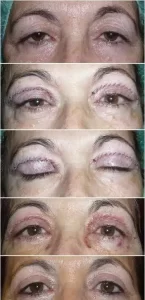
Ask your surgeon for photos of typical recoveries to compare your progress safely.
Reducing Uneven Swelling
Home Care Tips
Practical steps can help reduce swelling:
- Apply cold compresses for 10-15 minutes, several times a day.
- Sleep with your head elevated.
- Avoid salty foods that increase fluid retention.
- Follow all instructions for drops, ointments, and medications.
These simple habits support smoother healing.
Quick Recovery Checklist
Want a simple list to follow? Here’s a quick guide:
- Apply cold compresses hourly during the first two days.
- Sleep with your head raised.
- Avoid bending, lifting, or strenuous activity.
- Limit salt intake.
- Wear sunglasses outside.
- Take medications exactly as prescribed.
When to Call Your Doctor
Contact your surgeon if swelling worsens instead of improving, severe pain occurs, or your eyelid shape changes noticeably. Prompt care ensures the best outcome.
FAQs About Uneven Swelling
Is it normal for one eye to swell more?
Yes. Healing varies between sides, and mild differences are common during the post-operative period.
How long does swelling last?
Most swelling typically fades within six weeks, although subtle swelling may persist for longer.
Can uneven swelling become permanent?
Usually no. In most cases, it resolves with healing. Persistent differences may require minor treatment.
When should I be worried?
Seek help for sudden swelling, severe pain, or vision changes.
Your Next Step
If you’re experiencing uneven swelling after blepharoplasty or have questions about your recovery, Dr. Kopelman and the team at Kopelman Aesthetic Surgery are here to help. Schedule a consultation#popup-menu to receive personalized care and expert guidance for your unique needs.


